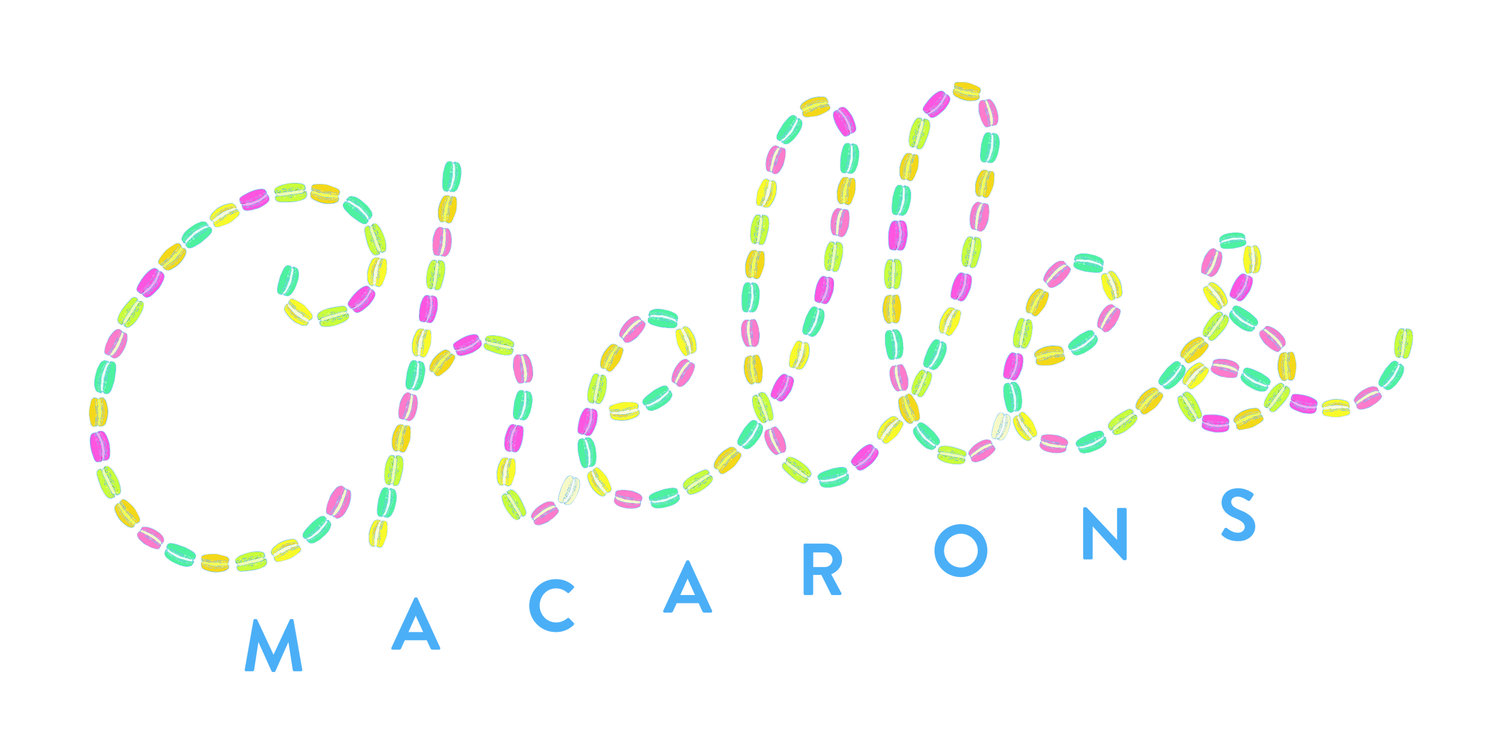The macron is widely recognized today, and it's been a favorite cookie for centuries. Read on to learn about where the macaron came from and what its status is today.
Middle Eastern and European Origin of the Macaron
Macarons are generally considered to be Italian in origin, coming about when there was a multicultural interaction in what is now present-day Sicily. While the exact creation of macarons is not written down, new terms that arose in the 13th century give a clue as to when these cookies were first made.
The Arabic migration to Sicily led to Middle Eastern/North African Arabic culture mixing with European culture. As Middle Eastern immigrants brought their own ingredients and recipes with them, they encountered European ingredients and recipes.
Several well-known terms for Italian foods (and presumably foods too) arose during this time. The most notable are marzipan, macaroni, and macaron. The commonality between all of these three was that they involve dough (including marzipan, which is now used for a filling). The dough often had either a savory cheese flavor or a sweet version that used almond flour.
The macarons obviously tended toward the sweet almond-flour version, but even today, there are macarons made with cheese in them. They certainly would've gone well with cheeses during this time too.
The almond connection further undergirds this theory that macarons arose in Sicily during the Middle East/European cultural interaction. Almond trees naturally grow around much of the Mediterranean Sea, and both populations would've been familiar with them. Thus, almond flour would likely be found in many of the new recipes that came from the cultural interaction.
Italian and French Heritage of the Macaron
Since both Middle Eastern and European residents of Sicily were familiar with macarons, the cookies spread throughout much of both the Arabic and European worlds. Most notably, a marriage brought macarons to France.
Italian Queen Catherin de' Medici married French King Henry II in 1533. Medici would've brought some of her kitchen staff with her, likely including pastry chefs. Those pastry chefs undoubtedly made macarons, and thus they likely introduced the cookies to France.
Since macarons' main ingredients are almond flour, sugar, and egg whites, all of the necessary ingredients could be found in France. The ease of sourcing ingredients and the versatile nature of the cookies (they went well with cheese) made them easy to adapt to French cuisine.
English Adoption From France
The English spelling of "macaroon" suggests that these cookies eventually made their way to England, likely when the French invaded.
The "-oon" ending is an English adaptation of the French "-on" ending. The ending is found in balloon, pontoon, and dragoon -- and also in macaroon.
Although almond trees don't naturally grow in the British Isles, the French probably brought their beloved cookies with them. The cookies keep well, so they could be enjoyed overseas.
Modern American Adoption of the Macaron
As cultures continue to interact with one another, macarons have become more common in the United States. They're colorful and can be adapted in many ways. The cookies' aesthetics make them ideal for wedding cookie trays, baby shower trays, and other events, where the cookies can be dyed to match whatever the chosen color scheme is.
Macarons also mesh well with a few trends in the United States. First, people on diets can enjoy these small cookies without consuming as many calories as larger desserts have. Second, people on gluten-free diets can eat these cookies since they're made from almond flour instead of wheat flour.
If you'd like to order some macarons for yourself or guests at an event, check out the selection that's available at Chelles Macarons

